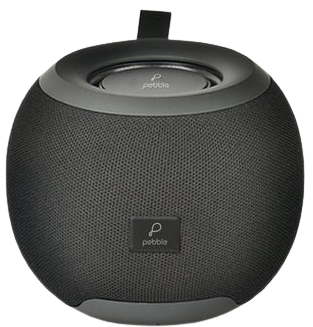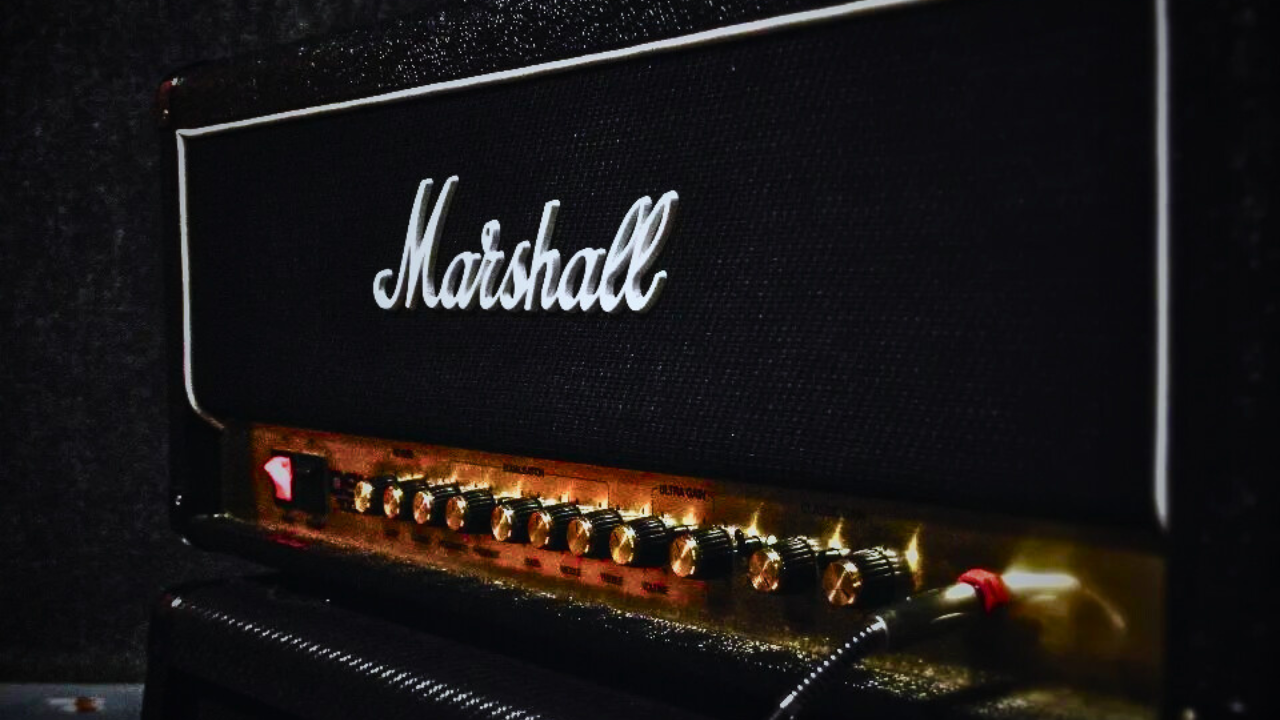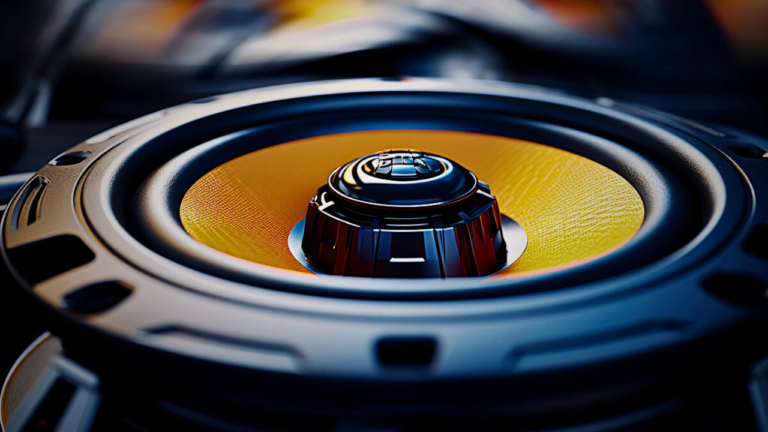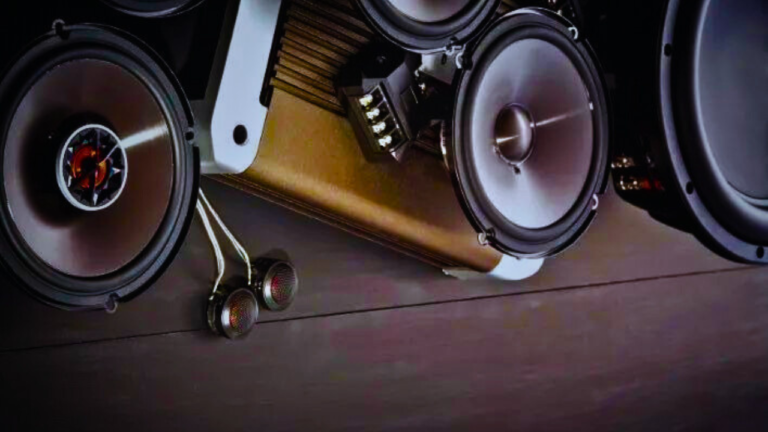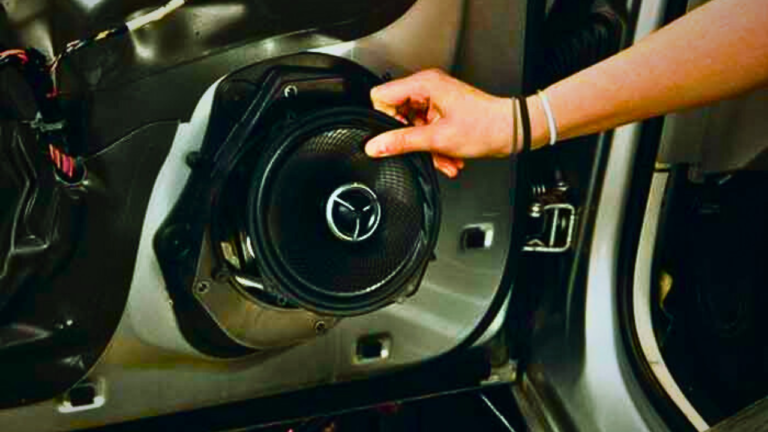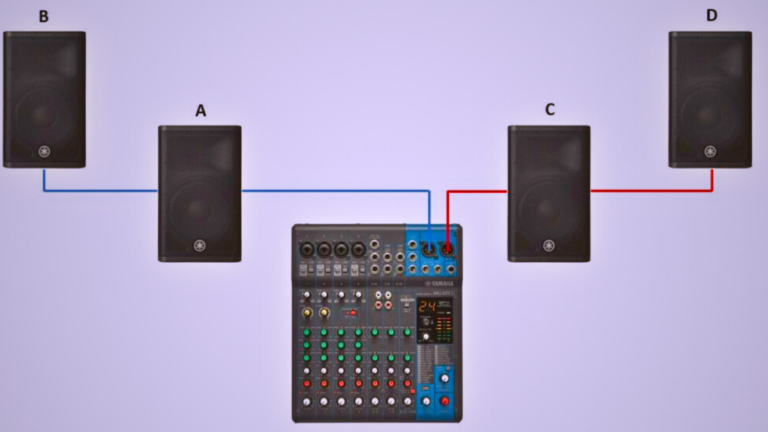Do 6×9 Speakers Need An Amp?
Have you ever wondered, “Do 6×9 speakers need an amp?” You’re not alone! Whether you’re an audiophile or just someone who loves good sound, it’s a question that often comes up when looking to improve your car’s audio system. In this article, we’re going to dive right into it and answer this question for you.
Having an amp for your 6×9 speakers can greatly enhance your audio listening experience, but it’s not always necessary. It all depends on the specific speakers and your audio needs.
Let’s introduce a bit of background to start. 6×9 speakers, named for their 6-inch by 9-inch oval shape, are a popular choice among car audio enthusiasts. Known for delivering robust sound and excellent bass response, these speakers can inherently handle more power than their smaller counterparts. That’s where the consideration of an amplifier comes into play.
Key Points to Consider:
- Power Handling: How much power can your 6×9 speakers handle?
- Amplifier Compatibility: Will the amp and speakers work well together?
- Audio Quality: How much do you value enhanced sound quality and bass response?
Stay tuned as we delve into the specifics to help you make the best decision for your audio system needs.
What is the RMS rating of 6×9 speakers?
When it comes to the power handling capacity of 6×9 speakers, the term you’ll constantly come across is RMS, or Root Mean Square. But what exactly does this mean? Let’s demystify this critical aspect of speakers.
RMS refers to the amount of continuous power that a speaker can handle without experiencing any form of distortion or damage. It’s simply a measure of the speaker’s ability to play consistently and handle power over long periods compared to just short bursts. This specification is usually provided by the manufacturer and is an important factor in matching your speaker with the right amplifier.
6×9 speakers often come with a wide range of RMS ratings, typically between 2 and 100 watts. The higher the RMS rating, the more power the speaker can handle, and consequently, the louder the sound it can produce. However, remember that high RMS ratings also require more powerful amplifiers.
While considering the RMS rating, it’s crucial to remember the following points:
- Consistency: RMS illustrates the speaker’s ability to produce quality sounds consistently and over extended periods. A speaker with a high RMS rating ensures your music remains loud and clear, irrespective of how long you keep the system running.
- Compatibility: Match the speaker’s RMS rating with the RMS output of the amplifier. If the amplifier delivers more power than the speaker can handle, it might result in damage.
- Fidelity: A speaker with a higher RMS rating requires a more powerful amp, but it also promises better sound quality, providing a richer and more immersed audio experience.
So, as you explore the world of 6×9 speakers, keep RMS at the forefront of your selection criteria. Combine this with the right amplifier, and you’re on your way to achieving the best audio performance from your sound system.
Read also: What Happens If Speakers Are Out Of Phase?
What is the impedance of 6×9 speakers?

Impedance is a crucial aspect to grasp when discussing speakers and amplifiers. To put it simply, impedance is a measure of how much a device resists or impedes the flow of electrical current; in this case, the device is your 6×9 speaker. Impedance is measured in ohms (Ω) and is often marked on the back of speakers. But what does this mean for you and your 6×9 speakers?
Most 6×9 speakers have an impedance of 4 ohms, but models can vary between 2 ohms and 8 ohms. This value plays a significant role in determining speaker efficiency and compatibility with amplifiers. Let’s delve a little deeper.
Speaker Efficiency: Higher impedance means less electrical current flows through the speaker at a given voltage, which usually results in less loud sound output. Accordingly, a 4-ohm speaker will generally be louder than an 8-ohm speaker if both are driven by the same amplifier at the same volume.
Amplifier Compatibility: If your 6×9 speakers have a lower impedance than what your amplifier can handle, you risk damaging your audio equipment. Therefore, always ensure that your speaker’s impedance matches the range specified by your amplifier’s manufacturer.
Note: Remember, while a lower impedance speaker (like 2 ohms) might seem like the best option for loudness, it also demands more power from the amplifier. This can potentially overheat the amp or damage it if it isn’t built to handle such loads. Conversely, a high-impedance speaker (like 8 ohms) will be quieter but much safer for your amplifier.
An understanding of impedance can really fine-tune your audio experience. Be sure to remember this factor when considering using an amp with your 6×9 speakers. Happy listening!
What is the difference between using an amp and not using an amp with 6×9 speakers?
Using an amplifier for your 6×9 speakers can not only enhance the audio quality but also take the listening experience to another level. When connected, an amp provides the extra power needed to drive your speakers, giving you fuller and richer sound. But what if you don’t use an amp? Well, you’ll still get sound, but it might lack the balance and quality you’d enjoy with amplification.
Here’s a comparison of the key differences:
| Without an Amplifier | With an Amplifier | |
|---|---|---|
| Sound Quality | Decent, but lacks punch and depth | Superior, offering a fuller, richer sound |
| Volume Level | Limited by the power of the in-built system | More robust, capable of louder volumes without distortion |
| Speaker Longevity | Potentially shortened by overworking the speakers | Improved as the amp carries the brunt of the power workload |
Note: Whether your 6×9 speakers need an amp or not depends on the RMS and impedance of the speakers, the compatibility with the head unit, and the sound quality you aspire to achieve.
Understanding the difference between using an amp and not using an amp with your 6×9 speakers is vital in deciding what’s best for your audio system. Don’t forget, every sound system is unique, and what works for one might not work for another. So, assess your requirements, think about the kind of sound you want, and make your decision accordingly.
What are the benefits of using an amp with 6×9 speakers?

You might be wondering, “What difference could an amplifier possibly make with my 6×9 speakers?” Well, to break it down for you, it’s not just about blasting your music louder. Oh no, it’s about much more than that. Here are some key benefits you get when you invest your money and time in amplifying your 6×9 speakers.
- Enhanced Sound Quality: First and foremost, an amplifier can significantly enhance your listening experience. No more straining your ears to catch that sweet bass line or subtle harmonic embellishment. Every detail in your music will stand out clearly and beautifully, all thanks to the amp.
- Greater Power Output: Yes, an amplifier does boost the volume, but let’s not forget that it also allows your speakers to perform at their maximum potential. Without the distortion and power limitations of the speakers’ built-in amplifier, your favorite tracks come alive with vivacity.
- Superior Tone Control: An external amplifier isn’t just about raw power; it’s also about precise control. Most amps come with sophisticated tone controls that let you fine-tune the sound to your liking. Want more bass? You’ve got it. Need to adjust the treble? No problem. With an amplifier, you’re in the driver’s seat.
- Longer Speaker Life: It might seem counterintuitive, but an amplifier can actually extend the life of your speakers. By bearing the brunt of the power requirements, the amp eases the strain on your speakers, reducing wear and tear. A good amplifier is like a reliable workhorse, protecting your precious speakers from unnecessary workload.
Clearly, there’s more to using an amplifier with your 6×9 speakers than meets the eye. It’s not just a macho tool for better volume; it’s an intelligent device that refines, enhances, and safeguards your audio experience.
Conclusion
Now that we’ve unpacked this a fair bit, let’s review and make sense of what you’ve discovered. Our exploration of 6×9 speakers and the potential use of an amp with them has taken us on quite an informative journey. The key takeaway boils down to this: while 6×9 speakers don’t absolutely need an amplifier to function, using one will likely offer a noticeably improved overall sound experience.
Remember, the RMS rating and impedance of your 6×9 speakers are important factors when choosing an amp, ensuring that the devices can work together harmoniously. This can be a nuanced endeavor, but the payoff can be a transformative enhancement of your audio enjoyment.
- Amplifiers give your 6×9 speakers the extra oomph they might need to reach their full sonic potential.
- Adopting the use of an amp can widen the dynamic range of your speakers, making for more vibrant and immersive soundscapes.
- Maximum sound quality is often found in striking the right balance between your speakers and the amplifier.
Experimenting and learning more about your unique speaker and amp setup can be a rewarding experience, as well as a chance to deepen your understanding of sound systems. Ultimately, the decision is in your hands. Based on your preferences for sound quality, budget, technical prowess, and enthusiasm for DIY audio projects, you can choose what’s best for your 6×9 speakers.
Just because you don’t need an amp doesn’t mean you can’t appreciate one. It’s all about creating the best possible sound experience for you, whether that includes an amplifier or not.
Whether you decide to use an amp with your 6×9 speakers or not, we hope this guide has helped you gain a better understanding of the factors involved and empowered you to make sound decisions. Happy listening!
FAQs
Is it mandatory to use an amp with 6×9 speakers?
No, it’s not mandatory. However, amplifiers can enhance the sound quality and volume of your speakers, making them perform at their best.
Can using an amp damage my 6×9 speakers?
Only if the amplifier is too powerful for the speaker or if it’s set up incorrectly. Always make sure the amp’s power output matches the speakers’ power handling capability.
Will an amp improve the bass of my 6×9 speakers?
Yes, an amplifier boosts the speakers’ ability to deliver a deeper and more powerful bass response.
If I have a high-powered amplifier, do I also need high-powered 6×9 speakers?
Definitely. The power handling capabilities of your speakers and amplifier should match to prevent damage and ensure optimal performance.
Why does my amplifier overheat when I use it with 6×9 speakers?
Overheating typically results from an incorrect setup or inappropriate usage. Make sure your amplifier has enough ventilation, is correctly wired, and isn’t being played at exceedingly high volumes for prolonged periods.
Can I use a 4-ohm amplifier with 6×9 speakers?
Yes, but the speakers’ impedance must match the amplifier’s. If the speakers are rated at 4 ohms, you shouldn’t have a problem.
Do 6×9 speakers consume a lot of power?
That greatly depends on the speakers’ RMS rating. Higher RMS ratings mean the speaker will consume more power to function.
What kind of amplifier should I use with 6×9 speakers?
An amplifier with an RMS power output that corresponds to your speakers’ RMS power handling is advised. Generally, a 2-channel or 4-channel amplifier can be a good choice for a 6×9 speaker system.
What does impedance in speakers mean?
Impedance is a measure of the resistance presented to the amplifier. It’s often noted in ohms. A lower impedance means the speaker will drain more power from the amplifier.
Can I use more than one amplifier for my 6×9 speakers?
While it’s technically possible to use more than one amplifier, it’s not typically recommended without the guidance of an audio professional, as it can lead to complications and potential damage to your equipment.

Hey there! I’m Henry Jack, the voice behind speakerrealm.com, your ultimate destination for everything speakers. Whether you’re a seasoned audio enthusiast or just starting to explore the world of sound, you’ve come to the right place.
At Speaker Realm, I dive deep into the realm of speakers, bringing you comprehensive reviews, insightful guides, and the latest trends in the industry. From floor-standing behemoths to compact bookshelf wonders, I cover it all.
I’m passionate about helping you find the perfect speakers to elevate your audio experience. Whether you’re setting up a home theater, upgrading your sound system, or just looking for some quality audio gear, I’ve got you covered.
But Speaker Realm isn’t just about technical specs and performance metrics—it’s also about the art and science of sound. I explore topics like acoustic design, speaker technology, and the impact of audio on our lives.
So whether you’re a casual listener or a hardcore audiophile, join me on this journey through the world of speakers. Let’s turn up the volume and explore the endless possibilities of sound together at speakerrealm.com!
